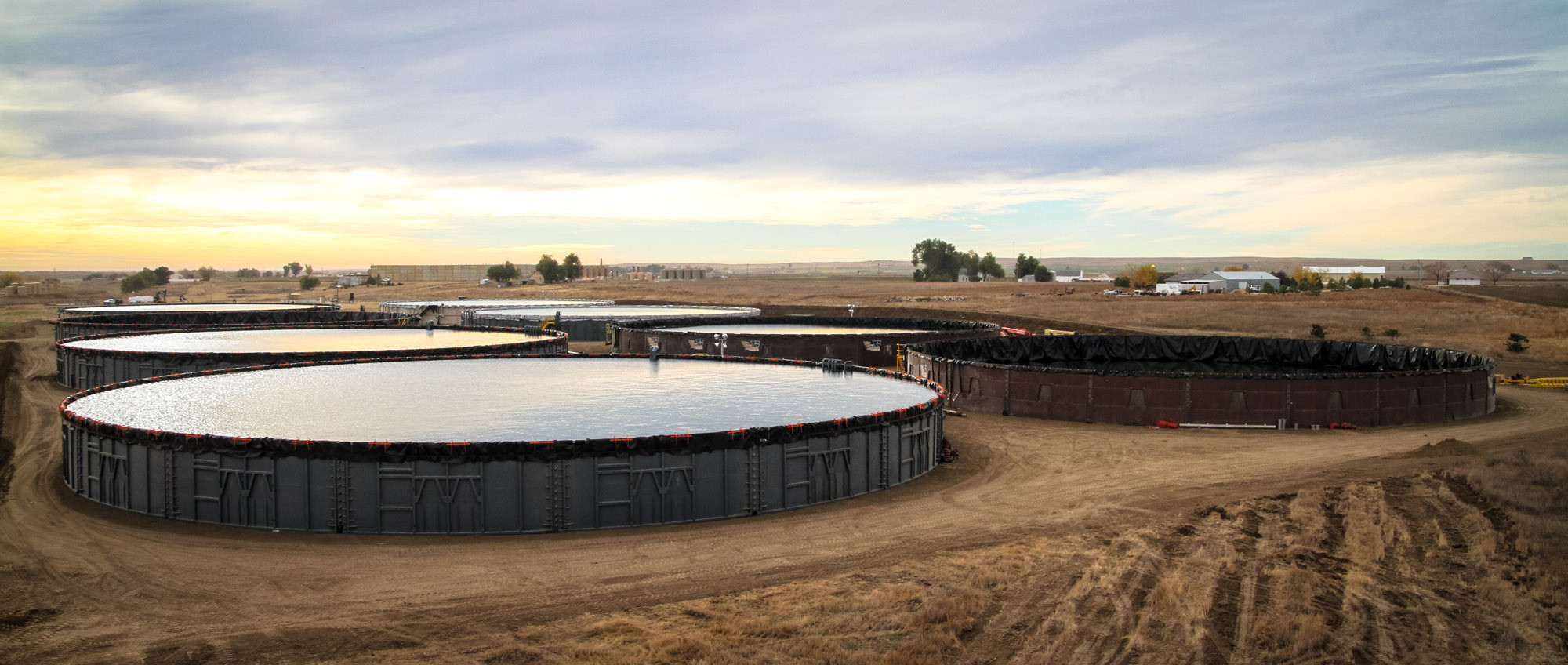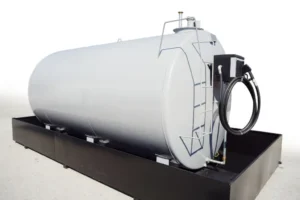Aboveground vs Underground storage tanks
As the demand for industrial and commercial storage tanks continues to rise. Selecting the right type of storage tank has become increasingly important. The two most commonly used types of storage tanks are Aboveground and underground storage tanks. Each with their own set of advantages and disadvantages. In this article, we will compare aboveground and underground storage tanks thoroughly.
Aboveground Storage Tanks
Aboveground storage tanks (ASTs) are located above the ground surface. These are commonly used for in ground storage of petroleum products, chemicals, and other hazardous substances. These tanks are usually made of steel, fiberglass, or plastic. it ranges in size from small portable tanks to large tanks that can hold thousands of gallons of liquid.
Underground Storage Tanks
Underground storage tanks (USTs)are installed below the ground surface. They are commonly used for storing water, petroleum products, and other flammable liquids. USTs are typically made of steel, fiberglass, or concrete and are installed underground to reduce the risk of fire and explosion.
Advantages of Aboveground Storage Tanks
One of the main advantages of aboveground storage tanks is their ease of installation. Unlike underground storage tanks, ASTs can be installed above the ground surface, which means they don’t require excavation or soil removal.
This makes them a popular choice for businesses that need to store large quantities of fuel or other hazardous materials.
Another advantage of aboveground storage tanks is that they are easy to inspect and maintain. Since they are installed above the ground surface, they can be easily accessed for routine inspections, repairs, and maintenance. This makes it easier to identify and address potential issues before they become major problems.
Finally, aboveground storage tanks are less expensive than underground storage tanks. Since they don’t require excavation or soil removal, the installation costs are significantly lower than USTs.
Disadvantages of Aboveground Storage Tanks
One of the main disadvantages of aboveground storage tanks is that they are more susceptible to damage from environmental factors. Such as wind, rain, and extreme temperatures. This can lead to corrosion, leaks, and other issues that can compromise the integrity of the tank.
Another disadvantage of aboveground storage tanks is that they are more visible and can be an eyesore, especially if they are located in a residential area. This can lead to complaints from neighbours and potential zoning issues.
Finally, aboveground storage tanks are more susceptible to theft and vandalism. Since they are located above the ground surface, they are easier to access and can be targeted by thieves or vandals.
Advantages of Underground Storage Tanks
One of the main advantages of underground storage tanks is that they are less visible and can be installed out of sight. This makes them a popular choice for businesses that need to store large quantities of fuel or other hazardous materials in residential areas.
Another advantage of ground storage tank is that they are less susceptible to damage from environmental factors such as wind, rain, and extreme temperatures. This can lead to a longer lifespan and reduced maintenance costs.
Finally, underground storage tanks are less susceptible to theft and vandalism. Since they are located underground, they are less accessible and can be more difficult to target by thieves or vandals.
Disadvantages of Underground Storage Tanks
One of the main disadvantages of underground storage tanks is that they are more expensive to install than aboveground storage tanks. Since they require excavation and soil removal, the installation costs are significantly higher than ASTs.
Another disadvantage of underground storage tanks is that they are more difficult to inspect and maintain. Since they are located underground, they require specialized equipment and personnel to access for routine inspections, repairs, and maintenance.
Finally, underground storage tanks are more susceptible to leaks and spills, which can contaminate groundwater and soil. This can lead to costly cleanup efforts and potential lawsuits.
Comparison of Aboveground and Underground Storage Tanks
When comparing aboveground and underground storage tanks, there are several factors to consider. First, aboveground storage tanks are easier to install and maintain, while underground storage tanks are less visible and less susceptible to damage from environmental factors. Second, aboveground storage tanks are less expensive than underground storage tanks, while underground storage tanks are less susceptible to theft and vandalism. Third, aboveground storage tanks are more susceptible to leaks and spills, while underground storage tanks are more difficult to inspect and maintain.
Factors to Consider When Choosing the Type of Storage Tank
When choosing the type of storage tank that is right for your needs, there are several factors to consider. These include the type of material you will be storing, the size of the tank you need, the location of the tank, and the budget you have available. Other factors to consider include the regulations and permits required for installing and operating the tank, as well as the safety and environmental risks associated with the material you will be storing.

Maintenance and Safety Considerations for Underground Storage Tanks
When it comes to maintaining and operating underground storage tanks, there are several safety and environmental considerations to keep in mind. These include regular inspections and maintenance to ensure tank good condition. Monitoring for leaks and spills, and following proper procedures for handling hazardous materials.
Maintenance and Safety Considerations for Aboveground Storage Tanks
Maintaining and operating aboveground storage tanks also requires careful attention to safety and environmental considerations. This includes regular inspections and maintenance to ensure the tank is in good condition, monitoring for leaks and spills, and following proper procedures for handling hazardous materials.
When it comes to choosing the right type of storage tank for your needs, there is no one-size-fits-all solution. It is important to carefully consider the advantages and disadvantages of both aboveground and underground storage tanks, as well as the specific needs of your business. By taking the time to research and evaluate your options, you can select a storage tank that is safe, reliable, and cost-effective.






